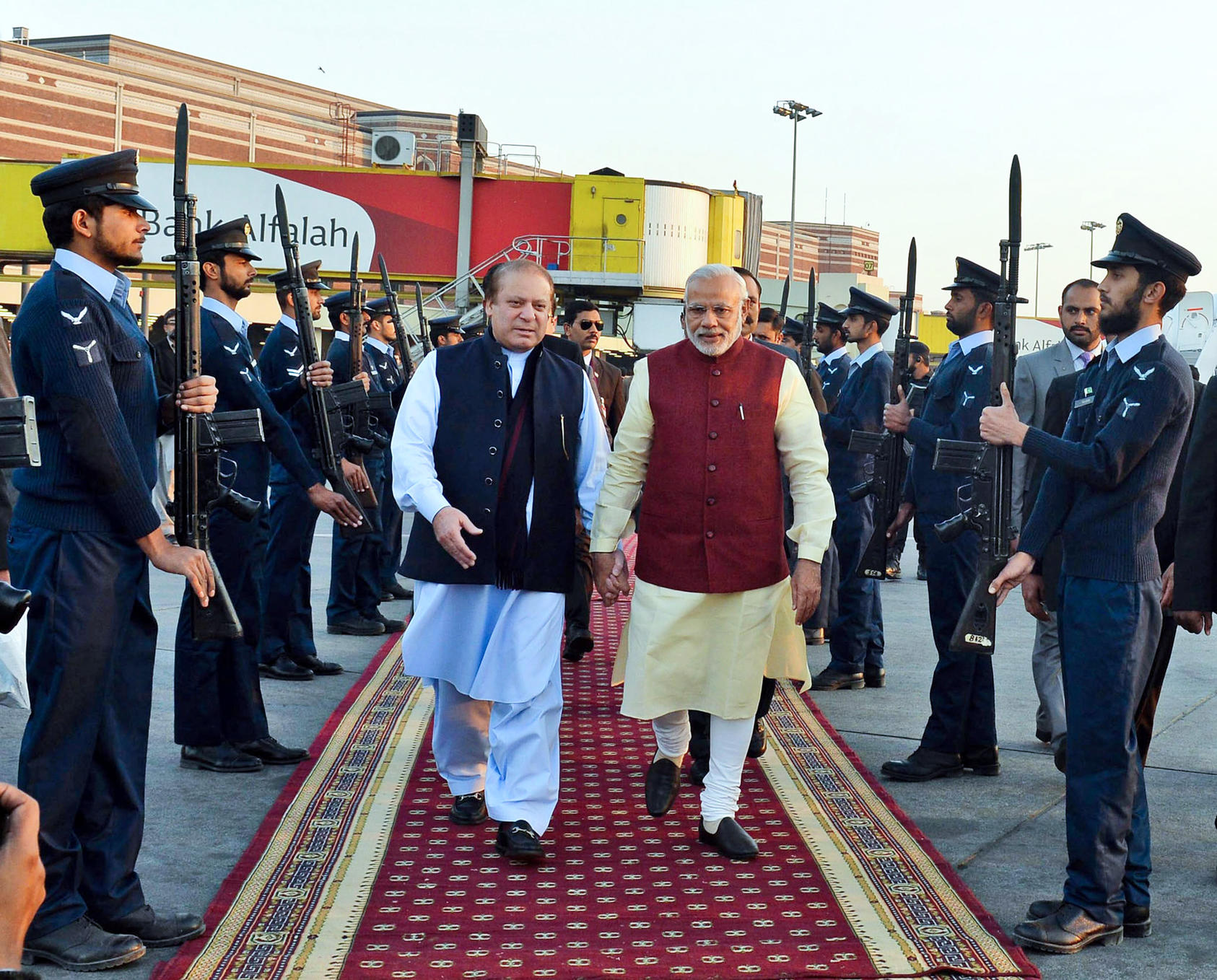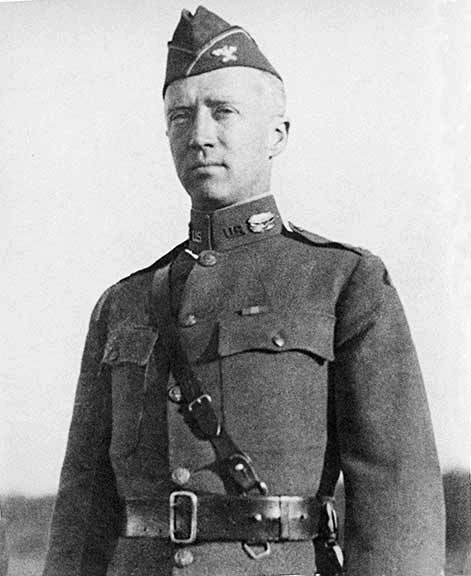 Perennial volatility between India and Pakistan has escalated further recently along their 2,064-mile border. While the historic antagonism between the two nuclear-armed powers remains the central risk, it is playing out today amid gains by radical insurgents in Afghanistan, probing by Russia and Iran, uncertainty over U.S. policy, and rapidly evolving economic ties between Pakistan and China. Join the U.S. Institute of Peace on May 15 for a discussion of the region’s shifting geopolitics and ways current trends might line up with U.S. interests. Photo Courtesy of Indian Press Information Bureau via The New York Times
Perennial volatility between India and Pakistan has escalated further recently along their 2,064-mile border. While the historic antagonism between the two nuclear-armed powers remains the central risk, it is playing out today amid gains by radical insurgents in Afghanistan, probing by Russia and Iran, uncertainty over U.S. policy, and rapidly evolving economic ties between Pakistan and China. Join the U.S. Institute of Peace on May 15 for a discussion of the region’s shifting geopolitics and ways current trends might line up with U.S. interests. Photo Courtesy of Indian Press Information Bureau via The New York Times
The American goal of maintaining peace and stability in South Asia faces an increasingly complex set of challenges. Mutual accusations of support for terrorism and violent incidents along the Line of Control in Kashmir have inflamed the core India-Pakistan conflict. Pakistan’s relations with Afghanistan also have deteriorated over terrorism and refugees. Initiatives by Iran and Russia may have complicated moves for reconciliation in Afghanistan.
Meanwhile, the China-Pakistan Economic Corridor project is realigning regional relationships and economies. The panel will discuss what these developments mean for the future of the India-Pakistan relationship, and potential U.S. approaches in the region under the Trump administration.
















